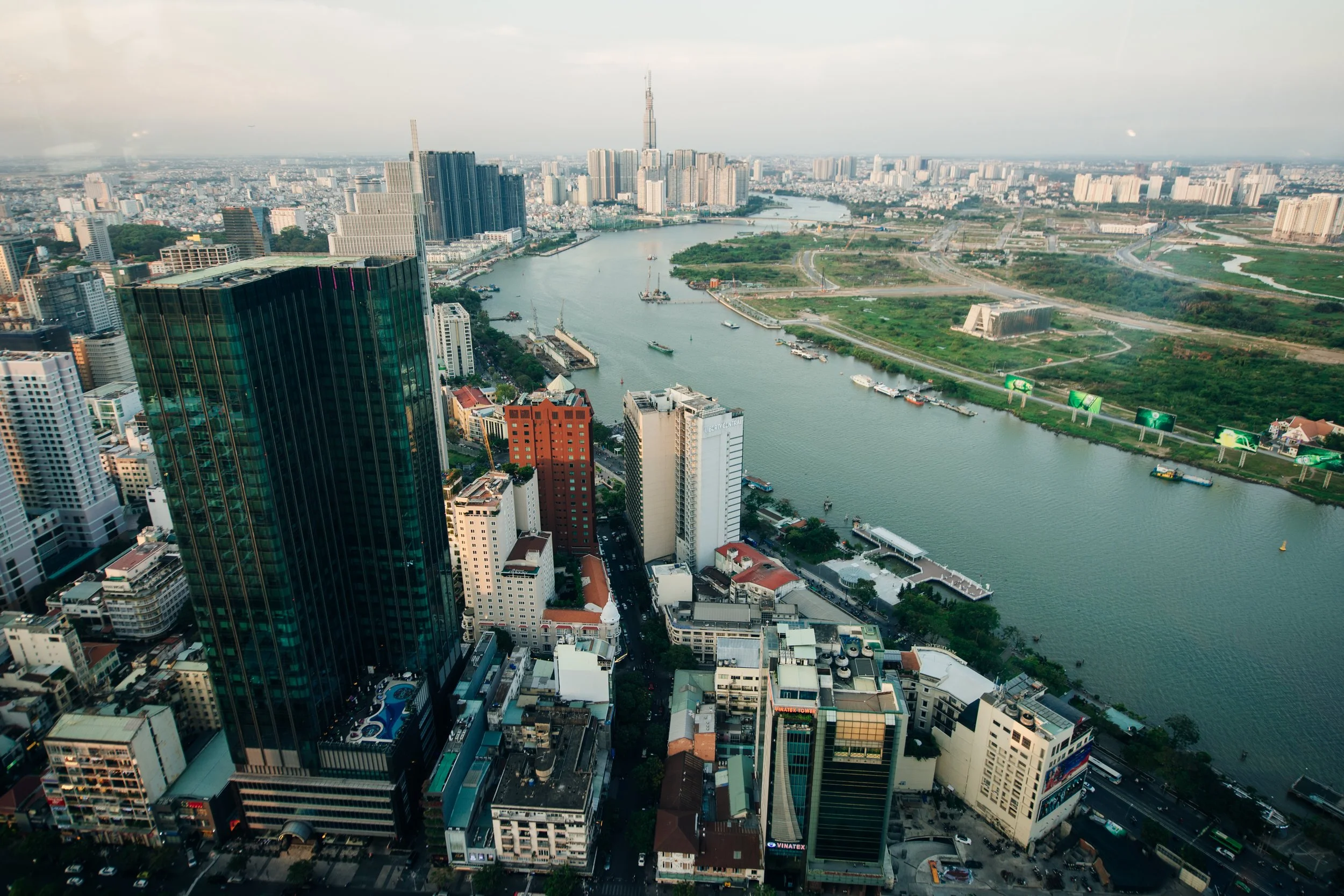Vietnam Energy Sector: January 2025 Recap
Background
Vietnam’s Power Development Plan (PDP) has outlined the country’s energy sector goals since 1981, beginning with PDP1. The latest version, PDP8, approved in May 2023, establishes the energy resource structure for 2021–2030, with a vision extending to 2050.
However, the past two years have been significantly impacted by an anti-corruption campaign, which has responsibly slowed the execution of PDP8. With the recent appointment of To Lam as the new General Secretary of the Party and the surge in AI-driven demand for data centers, which the government is actively encouraging foreign investment in, Vietnam's energy sector is entering a new phase of accelerated development.
As the country heads into the official calendar year and the “era of national rise” under To Lam, there is heightened anticipation regarding the sector’s direction. Key questions remain:
Will Vietnam meet its sustainability targets outlined in PDP8? Some include:
How to phase out coal-fired power plants by 2050?
How to increase renewable energy capacity, considering the current overwhelmed national grid?
Will immediate challenges be addressed?
Hanoi and Ho Chi Minh City rank among the world’s most polluted cities—can air quality be significantly improved?
Can the country avoid another electricity crisis, such as the severe blackouts during the 2023 dry season?
Key Developments in January 2025
Nuclear Power Resurgence
In November 2024, Vietnam’s National Assembly approved the revival of two nuclear power plants in Ninh Thuan province. Originally planned in 2009 with support from Japan and Russia, the projects were abandoned in 2016 due to cost concerns. The re-development of nuclear power will be watched closely in the coming months, and during recent government meetings, the Prime Minister even called for fast-tracking their completion by 2030.
However, the reintroduction of nuclear power aligns Vietnam with its carbon reduction goals, and it will cast further uncertainty over the future of LNG projects. Initially positioned as a key transitional energy source, LNG-to-power now faces challenges due to policy shifts and its unstable pricing structures, making future investments in the sector less predictable.
Carbon Credit Market Launch
On January 24, 2025, Vietnam’s Prime Minister approved a national carbon market development plan, with a pilot phase from 2025 to 2028, followed by a full launch in 2029. This initiative is a major step toward achieving net-zero emissions by 2050 and fostering a low-carbon economy.
The legal framework, expected to be finalized by June 2025, will provide details on: emission quotas for industries, trading mechanisms for carbon credits, and market infrastructure and governance.
Adjustments to PDP8
The reintroduction of nuclear power has necessitated updates to PDP8, which is expected to be published around late February 2025. The latest projected energy capacity for 2030 under PDP8:
While PDP8 outlines ambitious goals, its feasibility remains in question. For instance:
LNG power plants: As of January 2025, not a single LNG power plant is operational. Achieving the 22,400 MW target by 2030 seems highly challenging.
Renewable energy: Despite Vietnam’s abundant solar and wind resources, new projects struggle to connect to the national grid, limiting their impact.
Electricity shortages: Given grid constraints, coal-fired power plants will continue to play a crucial role in preventing blackouts, especially during peak dry seasons.
Looking Ahead
The Vietnamese energy sector stands at a critical juncture. With the return of nuclear power, uncertain prospects for LNG, and the launch of a carbon credit market, 2025 is shaping up to be a transformative year. However, persistent challenges—from grid integration of renewables to urban air pollution—must be addressed to ensure a stable, sustainable, and resilient energy future.


